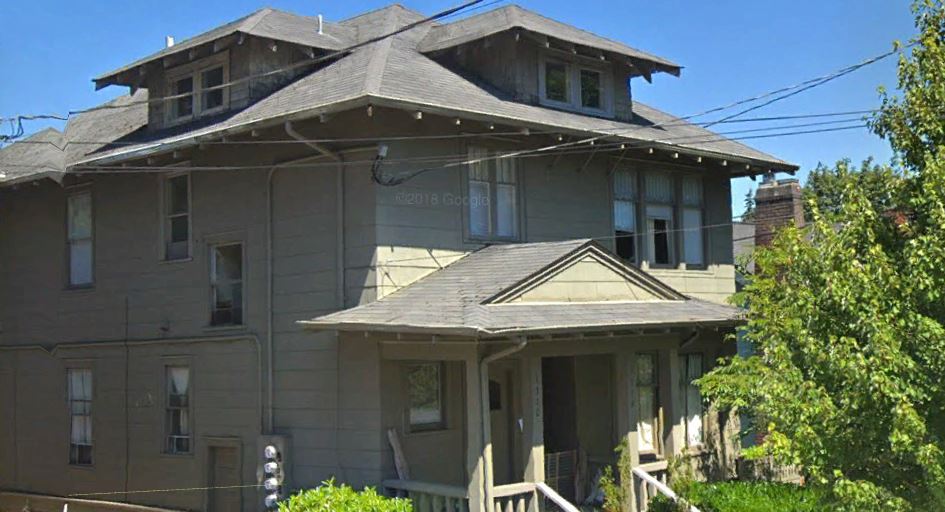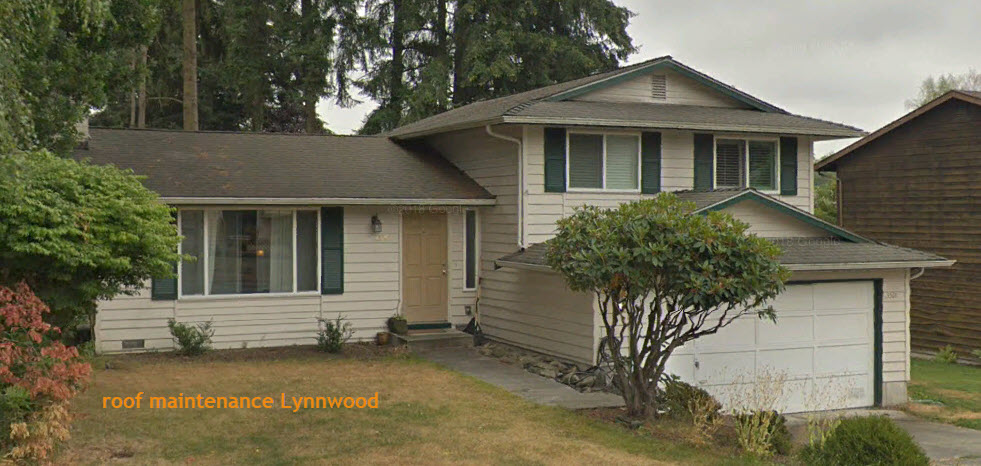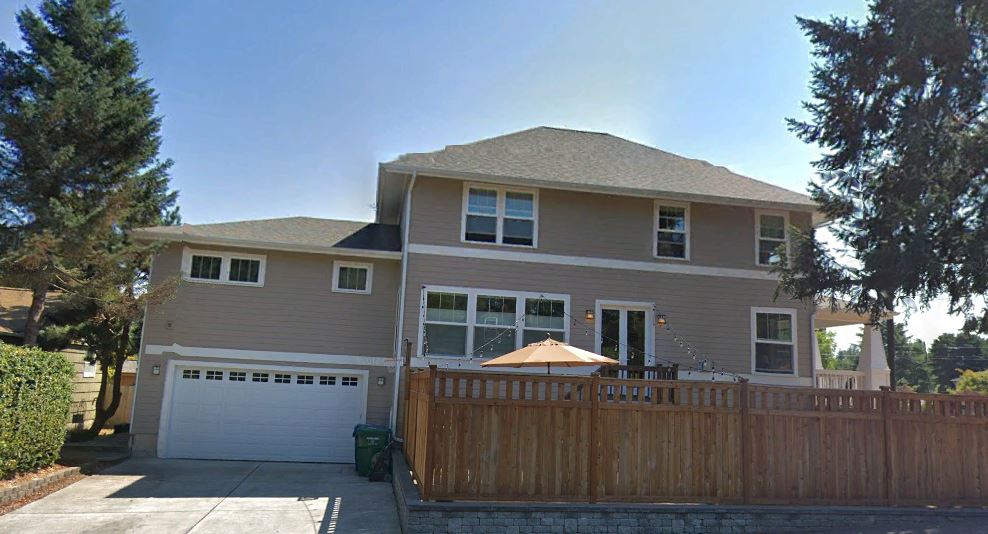
A leaky roof needs to be addressed as soon as possible, as the potential consequences can be dire if it’s left untouched. Naturally, the first step with any kind of roof repair is figuring out where the damage lies. If you have a Roof Leak in Seattle or anywhere else, you have a lot to contend with.
Is the Roof Actually Leaking?
This may seem strange, but sometimes the roof is not leaking even when it appears to be. In some cases, there is merely a lack of sufficient ventilation in the attic, which causes there to be an abundance of moisture. This can look very much like a roof leak, even though the roof can be completely solid. You might also like to read our one of the most read blog post on How to Repair Asphalt Shingles and Roof Leaks.
Moisture in your home is still an issue and will cause damage to your home as well as be harmful to you and your family’s health. However, addressing a condensation problem is not the same as a roof leak. Knowing the difference is essential, so you do not end up searching for what does not exist.
Gutters and Ice Dams
Before you actually get up onto the roof or send someone up there, it is important to note if there is a relatively simple problem in the form of ice dams. This is a situation where water freezes in your gutters during the cold months, causing water to back up. Sometimes this backup goes under your roof shingles. The same problem can happen at any time if your gutters or downspouts are clogged with debris of any kind.
Cleaning your gutters on a regular basis is important, as is ensuring that debris is out at least every season. Dealing with ice dams usually either involves chiseling them out during the cold months or installing a warming system. This is technically a roof leak, but it is not the norm.
Flashing Issues
Anywhere there are two different materials on the roof line, there should be flashing. In some cases, flashing merely is sheet metal. This often occurs in valleys where two parts of your roof slope downward into another part that forms a channel. Flashing is also present at walls, around chimneys and pipes. Flashing can be very delicate, and often needs repairing before the shingles themselves.
Rubber flashing tends to crack and can easily be damaged by anything that can cut it. These cracks and cuts are obvious but require inspecting. Sheet metal flashing can be more challenging to diagnose, though rust and cracking are dead giveaways that water can intrude. The most complex form of flashing is the kind around chimneys and other brickwork. Any cracking on or above this type of flashing nearly always results in a leak. Ask your roofing professional about educating you on diagnosing this issue yourself in the future.
The Shingles Themselves
Shingles do fail over time, and this can be made worse by events such as storms or falling debris. A shingle does not provide enough protection when the small nodules are no longer there. If the shingle is flat, smooth or shiny, it needs to be replaced.(1)
If you’re unsure about the seriousness of your wet roof, it’s best to call a roofing professional to check it out. It’s better to catch an issue in its premature phase as opposed to later on when severe damage has been made.
source https://roofingspecialistsnw.com/how-to-find-a-leak-in-an-asphalt-shingle-roof/







